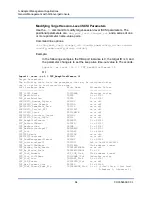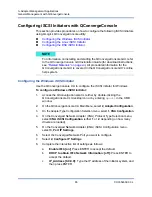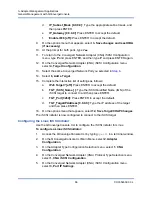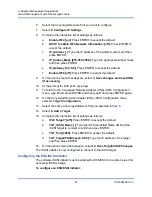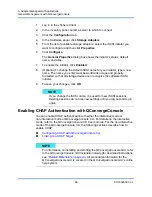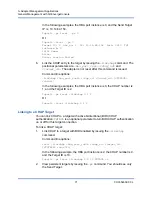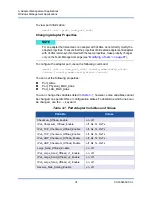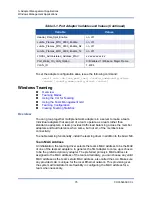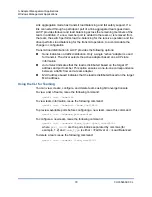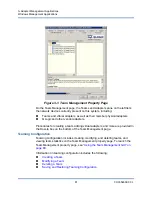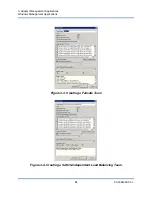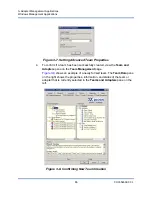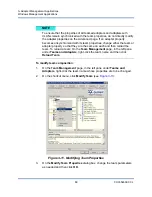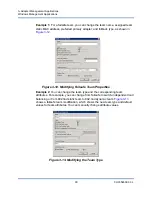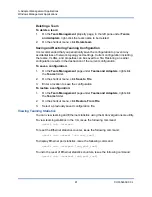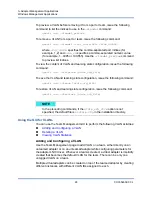
3–Adapter Management Applications
Windows Management Applications
78
CU0354602-00 L
Link Aggregation Mode
Link aggregation provides increased bandwidth and high reliability by combining
several NICs into a single, logical, network interface called a LAG. The link
aggregation is scalable, meaning an adapter can be added or deleted either
statically or dynamically from a team.
Traffic from all the team ports that form a LAG have the same MAC address,
which is the MAC address of the team. If a new adapter joins the LAG, or an
adapter forming the LAG fails, the LAG becomes operational again after a brief
exchange of protocols between the switch and the server. QLogic adapters are
rapidly aggregated, with a latency of 1 to 2 seconds.
Two options are available in the link aggregation mode:
Static Link Aggregation
Dynamic Link Aggregation
Static Link Aggregation
Static link aggregation (SLA, 802.3ad static protocols with generic trunking) is a
switch-assisted teaming mode, where the switch must be 802.3ad compliant. The
switch ports must be configured so that the switch perceives adapters from a LAG
as a single, virtual adapter.
In SLA, the ports on the switch are active by default. There is no negotiation between
the switch and the intermediate driver to decide on adapters participating in a LAG.
In SLA mode, the protocol stack responds to ARP requests with a single, advertised
MAC address and an IP address corresponding to the LAG. Each physical adapter
in the team uses the same team MAC address during transmission. As the switch (at
the other end of link) is aware of the trunking teaming mode, it appropriately
modifies the forwarding table to indicate the trunk as a single virtual port. This
modification ensures correct traffic routing on the receive side as well. In this mode,
the switch also distributes receive traffic across the member adapters.
Dynamic Link Aggregation
Dynamic link aggregation (DLA) with LACP is similar to SLA except that LACP
allows self configuration of LAG through handshaking between the switch and the
intermediate driver. For the team to function, LACP must be enabled at both ends
of the link: the server and the switch. LACP (802.3ad dynamic) allows switch ports
to dynamically communicate with the intermediate driver, allowing controlled
addition and removal of ports from the team.
NOTE
The switch must support the IEEE 802.3ad standard for the preceding two
link aggregation modes to work.

